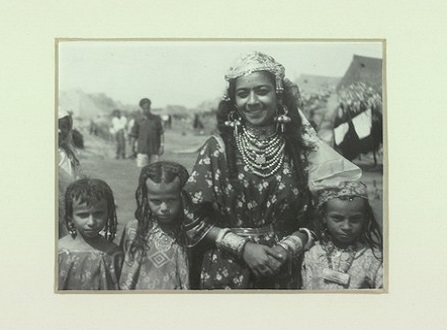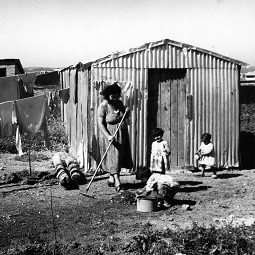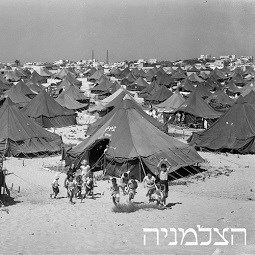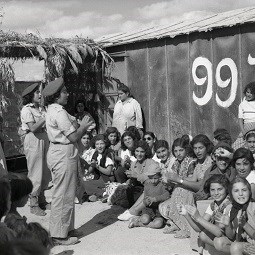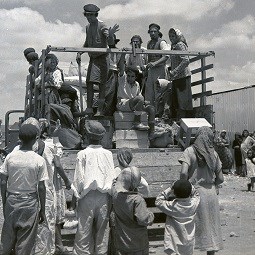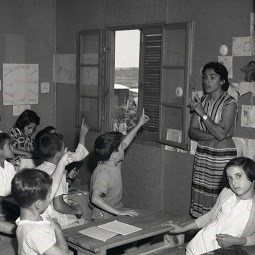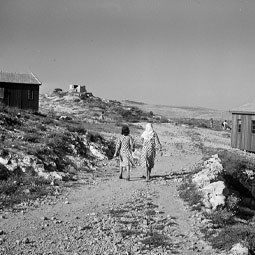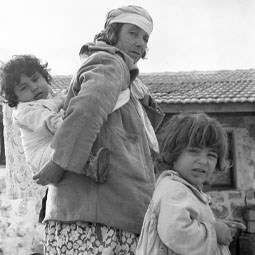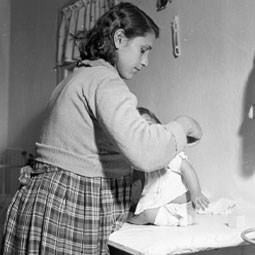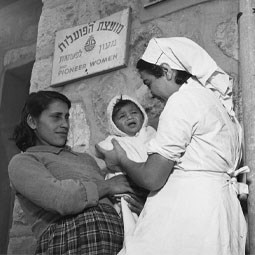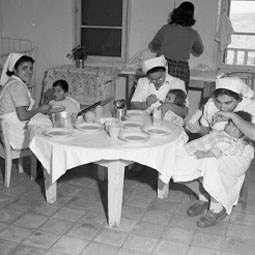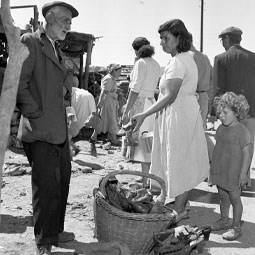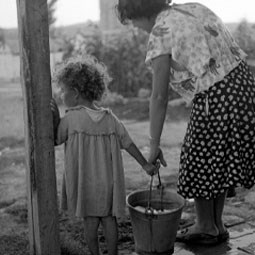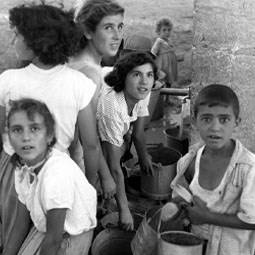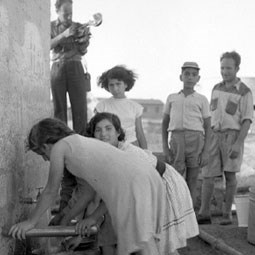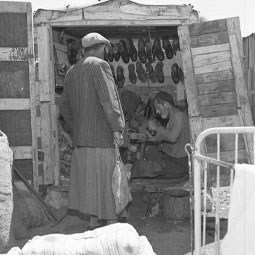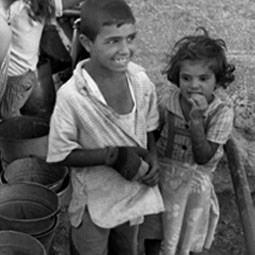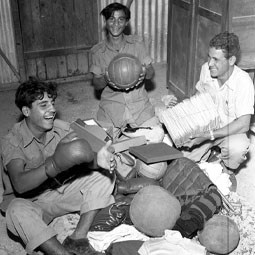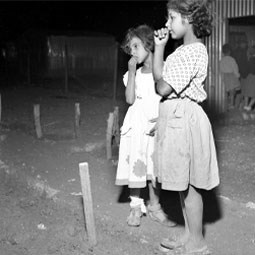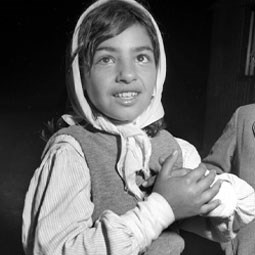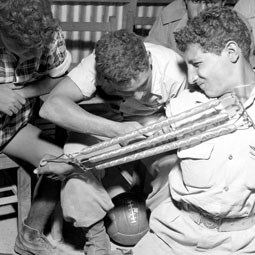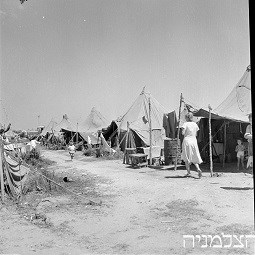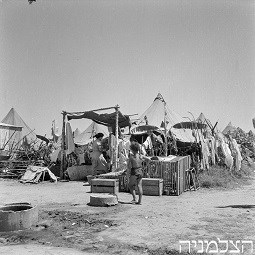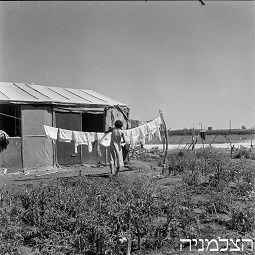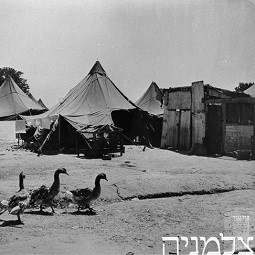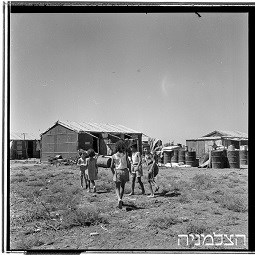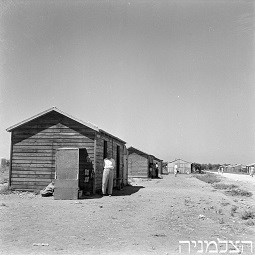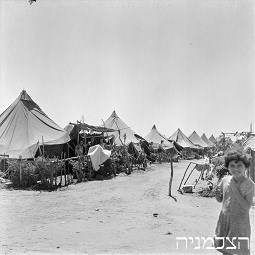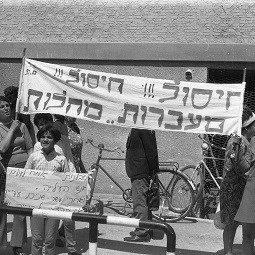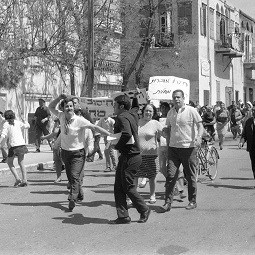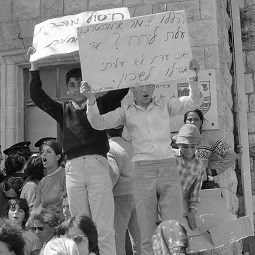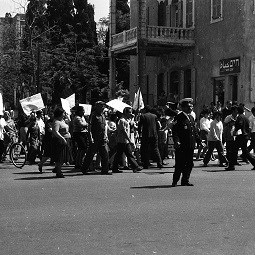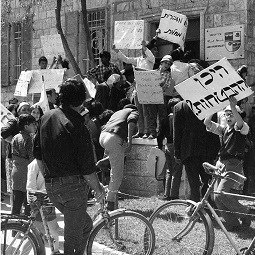The Ma'abarot
The ma'abarot were camps established in Israel in the 1950s as temporary settlements to provide shelter for the many immigrants who arrived in the early years of the state (sing. ma'abara, pl. ma'abarot). Today, the period during which these camps were active is considered a controversial historical episode. Although the ma'abarot were intended as a quick, practical solution to a critical situation, they were accompanied by significant problems that left deep wounds among broad sections of Israeli society.
The establishment of the State of Israel was followed by an unprecedented wave of immigration. All immigrants originally arrived at the Sha’ar Ha’aliyah immigrant camp in the northern city of Haifa, where they underwent an absorption process. As the volume of immigration increased, the Jewish Agency quickly set up more and more immigrant camps to absorb the overflow of new immigrants.
Within a few months, these new immigrant absorption camps also became overcrowded, with problems ranging from insufficient infrastructure to poor hygiene and food shortages. Moreover, the camps were surrounded by fences, and residents were forbidden to work. At the beginning of 1950, there were about 100,000 people in the temporary camps, suffering from severe distress, frustration and helplessness.
Overcrowding, Poverty and Poor Sanitation
In March 1950, Levi Eshkol, then head of the settlement department at the Jewish Agency, initiated the idea of the ma'abarot in order to solve the overcrowding in the temporary absorption camps, stop the immigrants’ dependence on the establishment/state and integrate them into the population. The ma'abarot camps provided temporary housing in the form of tents or tin or wooden shacks, and public institutions such as a daycare center, kindergarten, school, employment bureau, grocery store and health clinic. Unlike the absorption camps, in the new camps, residents were required to support themselves.
In 1953, about 130 ma'abarot were established to house about 250,000 persons. The extremely harsh conditions in these new camps included severe poverty due to a lack of jobs, acute overcrowding, poor sanitation and limited water and electricity, which forced dozens of families to share showers, toilets and taps, and unbearably difficult weather conditions, particularly in the summer and winter
For many, life in the ma’abarot aroused feelings of discrimination and frustration, intensified by the fact that at the end of 1952, the vast majority of residents were immigrants from Islamic countries. That same year, the camps gradually began to close as their occupants moved into permanent housing, a process that lasted two decades. Many of the camps became development towns or neighborhoods in already existing towns.
The ma'abarot were a milestone in the history of the state that aroused great interest, and as such has left extensive and varied documentation. The National Library preserves many documents that reveal the camps’ human, social, political and historical aspects. The Library’s collections contain, among other things, pictures, posters and articles illustrating the hardships and struggles of life in the ma’abarot, as well as brief moments of joy.

 Sign in with Google
Sign in with Google
 Sign in with Facebook
Sign in with Facebook
